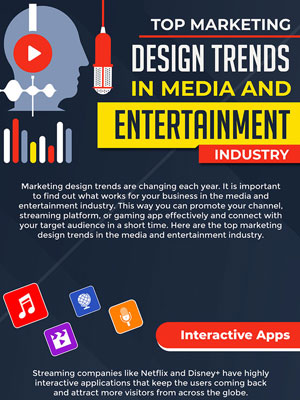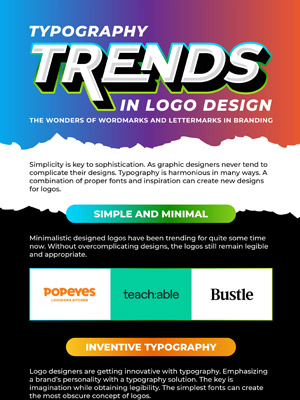Facts You Didn’t Know About Gamification Industry
The Romans devised a board game called Ludus latrunculorum (or latrones) to understand military tactics. Chess was developed in Eastern India for nobles to learn the strategies of warfare. Greeks began the Olympic Games to further diplomatic causes, establish cordiality between contesting Greek cities, and to display the performance and physical vigor of the young participants.
Games, as such, have an ancient history. They were used for entertainment, encouragement, morale boost, as a show of power, and most importantly for tutoring and education. However, it was not until the advent of video games in mid-nineteenth century when we realized that games can effectively be used to augment the efficiency of employees, and to improve academic learning. Analysts A.M. Mood and R.D. Specht of the RAND Corporation wrote in their paper, ‘Gaming as a Technique of Analysis’:
“A virtue of gaming that is sometimes overlooked by those seeking grander goals is its unparalleled advantages in training and educational programs. A game can easily be made fascinating enough to put over the dullest facts. To sit down and play through a game is to be convinced as by no argument, however persuasively presented.”
The concept of using game mechanics in non-game contexts to achieve challenging tasks was named ‘Gamification’ by Nick Pelling in 2003. It gained popularity in 2010 when several online platforms began describing their work dynamics as a ‘gamification’ technique. Corporations all over the world, in various industries, are implementing this system to improve the work of their employees, and in the educational sector for enhanced learning. The method is based on the models of token economy, where rewards are given for better performance, and audiences are captivated by higher interactivity. Gamification makes formerly simplistic and mundane tasks stimulating, competitive, and gratifying.
It is anticipated that by the time year 2015 ends, over 50% of organizations with innovative processes will introduce gamified activities. In the field of graphic designing, contests are initiated by organizations and business holders to engage designers in a competition for the best design – rewards and prizes are given to the one who produces unique, artistic, and original designs. This utilization of the gamification has improved the creativity and efforts of graphic designers working not only for businesses and corporations, but has considerably improved the quality of work that goes in the designing of video games, animations, cartoons, publications, filmmaking, and in other places that demand high standards of visual communication.
Let’s take a look at the importance, and modern applications of the gamification system.
Embed in your site:



